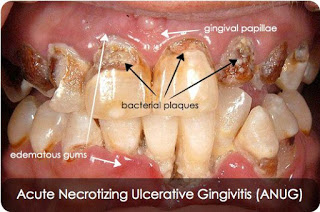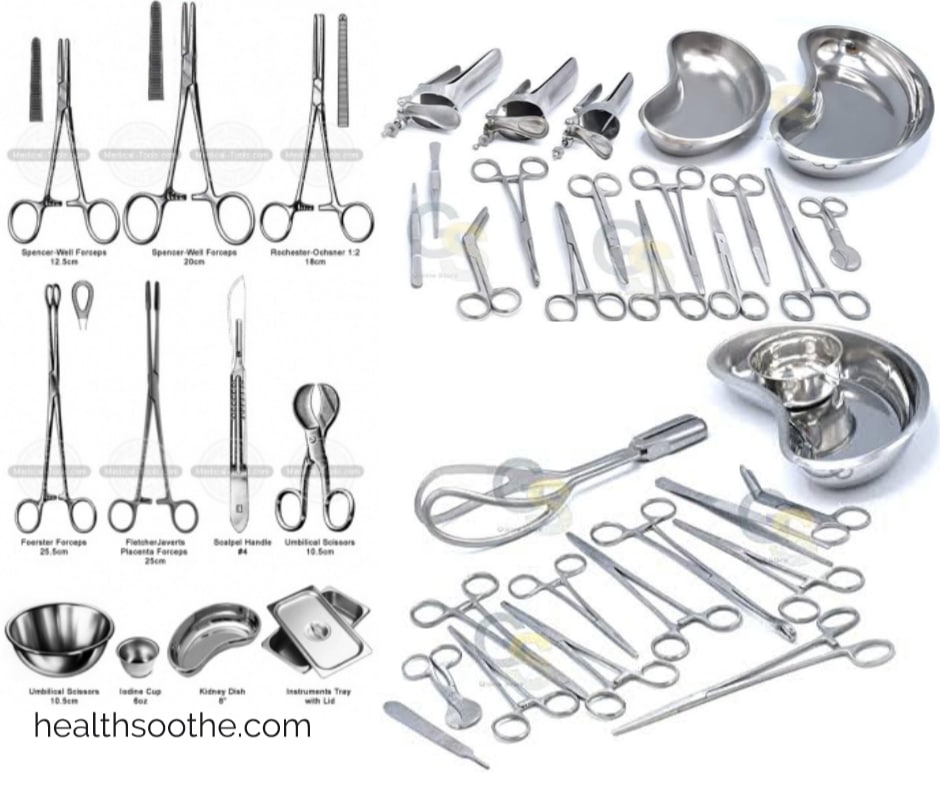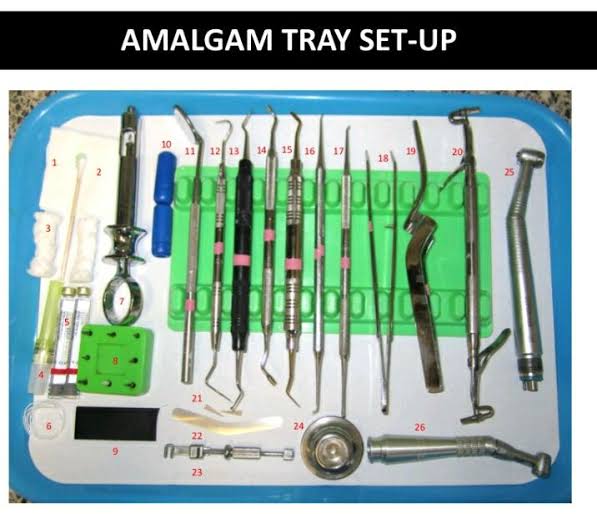Anug Acute necrotizing ulcerative gingivitis also known as trench mouth is a common, non-contagious infection of the gums with sudden onset. The main features are painful, bleeding gums, and ulceration of inter-dental papillae (the sections of gum between adjacent teeth).

Etiology of Acute Necrotising Ulcerative Gingivitis
What are the host factors Anug?
- Bad oral hygiene.
Other predisposing factors of Anug Acute necrotizing ulcerative gingivitis
- Smoking.
- Malnutrition.
- Psychological stress.
- Chronic anxiety.
- Upper respiratory infections.
- Immunosuppressive drugs.
- Leukemia or other cancers.
- Malaria.
Causes of Acute Acute necrotizing ulcerative gingivitis
- Hiv / Aids.
What are the clinical features of Acute necrotizing ulcerative gingivitis?
- Bleeding from gums after minor trauma.
- Increased salivation.
- Bad breath.
- Difficulty in mastication.
- Bad oral hygiene.
How does Acute Necrotising Ulcerative Gingivitis Spread?
- Laterally along the gingival edge.
- Deep to involve interdental soft and hard tissues.
- Across to involve attached gingival.
- There can be contact ulcer on the buccal mucosa and much more.
Cancrum Oris (Noma)is a devastating infectious disease which destroys the soft and hard tissues of the oral and para-oral structures. The dehumanizing oro-facial gangrenous lesion affects predominantly children ages 2 to 16 years, particularly in sub-Saharan Africa, where the estimated frequency in some communities varies from 1 to 7 cases per 1000 population.
The risk factors are poverty, malnutrition, poor oral hygiene, residential proximity to livestock in unsanitary environments, and infectious diseases, particularly measles and those due to the herpesviridae.
Infections and malnutrition impair the immune system, and this is the common denominator for the occurrence of noma. Acute necrotizing gingivitis (ANG) and oral herpetic ulcers are considered the antecedent lesions, and ongoing studies suggest that the rapid progression of these precursor lesions to noma requires infection by a consortium of micro-organisms, with Fusobacterium necrophorum (Fn) and Prevotella intermedia (Pi) as the suspected key players.
Additional to a production of a growth-stimulating factor for Pi, Fn displays a classic endotoxin, a dermonecrotic toxin, a cytoplasmic toxin, and a hemolysin.
Without appropriate treatment, the mortality rate from noma is 70-90%. Survivors suffer the two-fold afflictions of oro-facial mutilation and functional impairment, which require a time-consuming, financially prohibitive surgical reconstruction.
Other complications of Cancrum oris
- Ankylosis of temporomandibular joint.
- Toxemia
- Disfigurement
- Otitis media

Treatment of ANUG Acute necrotizing ulcerative gingivitis
- Oral hygiene measures: Scaling and polishing and counseling on the maintenance of good oral hygiene.
- Chemotherapy: metronidazole 200mg thrice daily for 5 days.
- Oral toileting and debridement: use of hydrogen peroxide mouthwashes or most importantly warm saline mouthwash as many times as possible in a day for many days.
- An underlying systemic problem must be treated.
- If there are facial defects or temporomandibular joint Ankylosis surgery should be done.
Related readings:
- Top 10 Instruments Used for Dental Extraction
- Nutrients and Foods Essential for Your Dental Health
- Home remedies to get rid of canker sores and promote healing.
- Black Tongue problems: Home remedies to get rid of Black hairy tongue
- How to get rid of Oral Thrush. Best Home Remedies for Thrush
References
- Our national library of medicine - Cancrum oris ( Noma)







